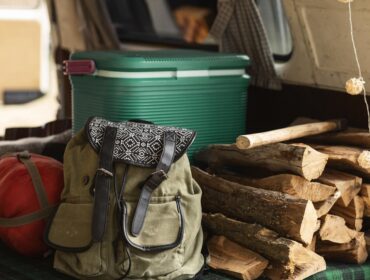When you spot a snake on the trail, nine times out of ten it will be in the act of slithering harmlessly away, likely more afraid of you than you are of it. If you are bitten, you can take comfort in the fact that the majority of snakes aren’t venomous. However, it’s good to know how to handle a snakebite on the trail so you can be prepared. Let’s take a look at some common things you should and shouldn’t do in the event of a bite.
You Should:
- Take note of the snake’s appearance so you can describe it to medical personnel.
- Keep the victim calm and at rest to reduce the spread of the venom. Avoid doing anything that would increase the victim’s heart rate.
- Clean the area with antiseptic wipes from your first aid kit or soap and water.
- Keep the wound below heart level to reduce the spread of venom.
- Remove any jewelry that’s near the bite in case it swells.
- Get the victim medical treatment as soon as possible. The only effective treatment for a bite from a poisonous snake is antivenin.
You Shouldn’t:

- Cut between the fang marks and suck out the venom with your mouth. This old method for how to handle a snakebite has been totally debunked as ineffective. Even the suction extractors that come with some snakebite kits remove virtually no venom.
- Apply a tourniquet. Using a tourniquet can restrict blood flow too much or cause nerve damage.
- Apply ice. Icing the area may cause the venom to remain concentrated in one place and can lead to worse tissue damage.
Even though most snakes are harmless and would rather flee from you than bite, at least 2000 people are bitten by venomous snakes in the US annually. If the wound begins to swell or change color, it’s likely the snake was venomous. If you are unsure of how to handle a snakebite at all, it is best to seek medical attention immediately to avoid more serious injury.
Related articles: Quick Ways to Identify Venomous Snakes also Treating a Rattlesnake Bite
Featured Image from Meg Jerrard/Unsplash




